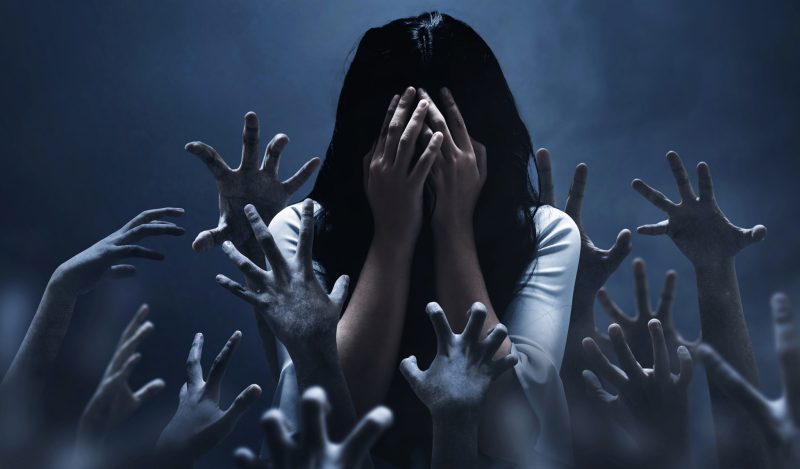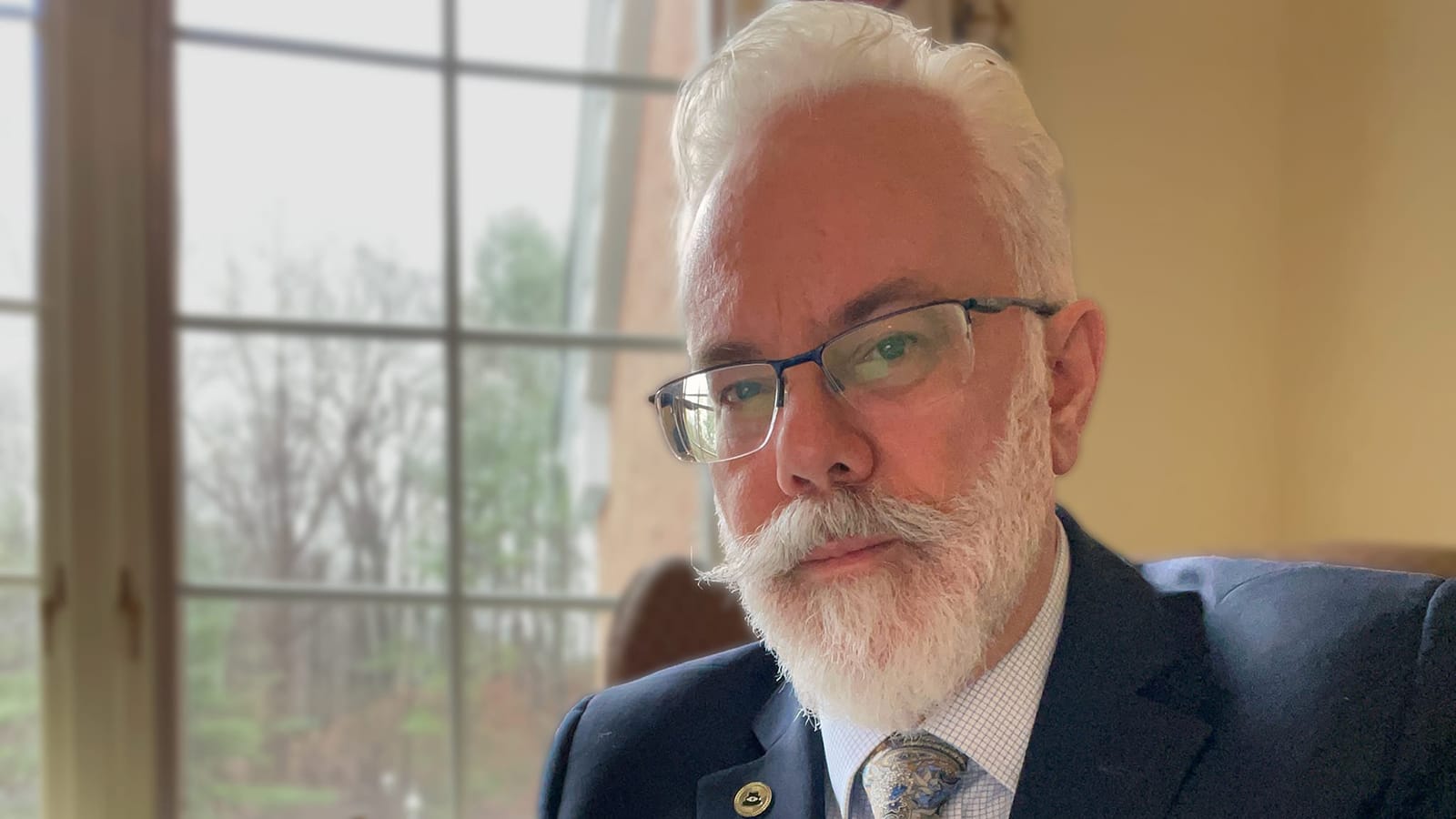The Fear of the Other and the Longing for Acceptance by the Tribe
When one thinks of altruism, what readily comes to mind? Charity, giving, love, kindness, and humanitarian progress, right? What if altruism has a dark pathology driving some of the worst and most horrific acts in history? It’s a difficult revelation to accept, but necessary for what I’m about to discuss. This has a direct connection to policies and reactions to the pandemic from March of 2020 and continuing even today.
But first, let’s quickly explore what altruism is and how it influences daily life.
Altruism–healthy altruism–benefits society in many positive ways and is ingrained in Western philosophy and ethics. Studies have shown there are neurological benefits from participating in acts of kindness, love, philanthropy, mutual aid, and charity. One might also argue that it is a selfish act, as these neurological benefits are actually releasing compounds and chemicals into your brain to make you feel good. This is where things begin to go awry.
Addiction to the “Good of All”
Addiction is a problem most of us understand when talking about drugs. However, people can also become addicted to the biological stimulants produced by neurological signals. Study after study shows that marketing, media programming, propaganda, nudging, gaming, social media, news cycles, and the endless debates that result from the onslaught of sanctimony, bias, and opinion in these mediums can be a source of emotional addiction, as well as somatic and psychological ills plaguing the world. Everything has been gamified in order to gain that chemical advantage in perceived competition with self and/or others. Obviously, the line between healthy and unhealthy practice can be extremely thin.
Let’s also take a brief look at the prisoner’s dilemma. It goes like this: Even when it seems to be in the best interest of two rational individuals to cooperate, wherein those individuals are presented with a choice between opportunity (defection) and responsibility (cooperation), it’s often difficult to come to a cooperative agreement because each person also benefits unilaterally from opportunity.
However, introducing a pathological altruist into the dilemma can wreak havoc in the cultural dynamics of small, tight-knit communities. Pathological altruists are masters at mustering social loyalty, obedience, and fealty. Their very presence and ability to organize and foster cooperation benefits the collective community even if better opportunities exist for individuals.
Just one maladaptive altruist can wipe out the disruptive advantage of opportunity by manipulating innovators and mavericks into cooperative followers. These highly charismatic individuals can project an almost messianic air, which spreads throughout the entire community. With advances in technology this dynamic can easily grow far beyond the boundaries of one’s immediate circle of influence. For more on this, see “Altruism Gone Mad” by Joachim I. Krueger
Unintended Consequences Abound
Let’s take a look at an example that most of you will recognize: The attempts to end poverty through star power and influence in the entertainment industry. Musicians (Bob Geldof of the Boomtown Rats and Bono of U2 as well as members of Glee for example) can be highly influential altruists with good intentions who might knowingly or innocently shade into pathology.
Magatte Wade, a Senegalese entrepreneur who was interviewed in the revealing, compelling, and educational Poverty, Inc. says, regarding the altruistic attempts of musicians in both 1984 (Band Aid) and 2011 (Glee),
“The Christmas song raised awareness and it was in response to a particular crisis. I understand that. But it also perpetuates a false image of Africa as barren and a sentimental image of Africans as helpless and dependent. And here we are a generation later and the same song, the same images are back with the same lyrics, the same silliness of Africa as not having any rain, not having any river, and us Africans not knowing that it’s Christmastime.”
Magatte goes on to say, “It does more harm than good.”
That statement is the base definition of pathological altruism from Barbara A. Oakley, editor of “Pathological Altruism,
“Pathological altruism can be conceived as behavior in which attempts to promote the welfare of another, or others, results instead in harm that an external observer would conclude was reasonably foreseeable.”
“Pathologies of altruism and empathy not only underlie health issues, but also a disparate slew of humankind’s most troubled features, including genocide, suicide bombing, self-righteous political partisanship, and ineffective philanthropic and social programs that ultimately worsen the situations they are meant to aid.”
Historically, altruism within a collective or group that becomes parochial or pathological altruism eventually leads to a general pathological obedience. This pattern can be found in governments (federal, and local), in small towns, in the office, and in the home. Examples can be found on both sides of the ideological and political spectrum: Donald Trump’s “Make America Great Again” slogan. Governor Andrew Cuomo’s statement, “If everything we do saves just one life, I’ll be happy.” Or the “Wear a Mask. Save Lives.” propaganda campaign we saw across the nation. All of these examples are catalysts for eliciting obedience. It has even been suggested that cooperation on a grand scale might be achieved via mandated medication.
This elicits frightening visions of where the road may lead if these ideas are implemented on a grand scale. Think: eugenics, population control, genocide, or essentially every dystopian book ever written or movie made.
“Probity, sincerity, candor, conviction, the sense of duty, are things which may become hideous when wrongly directed; but which, even when hideous, remain grand: their majesty, the majesty peculiar to the human conscience, clings to them in the midst of horror; they are virtues which have one vice–error…Nothing could be so poignant and so terrible…as the evil of the good.” ~Victor Hugo
Making the Connection
Now tie all of this together to address what has happened globally regarding COVID-19. The policies, reactions, lockdowns, social distancing, mask mandates, and unmitigated disaster inflicted on human progress and flourishing is staggering. It’s easy to recognize how this altruistic notion of protecting others has crossed the fine line into pathological altruism. It may have even gone a step further into parochial altruism.
From a 2019 paper by Béatrice Boulu-Reshef and Jonah Schulhofer-Wohl. Social Distance and Parochial Altruism: An Experimental Study:
“Parochial altruism – individual sacrifice to benefit the in-group and harm an out-group – undermines inter-group cooperation and is implicated in a plethora of politically-significant behaviors.”
Conclusion: “We found that parochial altruism varies with social distance: higher social distance leads to a higher propensity to engage in parochial altruism, which is at its highest with high social distance to the in-and out-groups.”
And this, from another study by Angela R. Dorrough, Andreas Glöckner, Dshamilja M. Hellmann, and Irena Ebert, The Development of Ingroup Favoritism in Repeated Social Dilemmas:
“Parochial altruism explains intergroup conflict through two phenomena that have been closely linked in human evolution: the readiness to benefit the ingroup (ingroup love) and to harm the outgroup (outgroup hate).”
In other words, social distancing and other isolating mandates may indeed lead to what can be classified as “righteous violence.” We see this in the news cycle daily. Zero Covid vs. Back to Normal. Mask vs. Anti-mask. Lockdown vs. Liberty. Immunology vs. Modeling. Left vs. Right. Us vs. Them, ad infinitum.
This leads individuals to form “in-groups” that become oversocialized due to the lack of organic and natural socialization in the real world. The ease at which individuals enter an agentic state; that is, following the orders of someone in authority or within their in-group…
“suggests not a failure of socialization (the usual control approach) but that they are/were oversocialized. Pathological obedience appears to be based on the development of a mentality that reflects long-term patterns of affiliation that inculcate a suppression of self-control in which executive function cedes its autonomy to external sources of direction.” ~Augustine Brannigan
At some point all individuals have to deal with their own cognitive dissonances and the gaslighting they’ve endured at the hands of the State and other pathological and parochial agents, altruist or otherwise. These revelations are much harder to recognize in the self and so much easier to recognize in others. Outward projection is a deflection of individual responsibility onto the collective in-group or out-group. Inward reflection is individual recognition and ownership of responsibility.
The Future is Full of Opportunity
In conclusion, it is evident that social distancing, lockdowns, and pandemic policies have had minimal (if any) positive impact. Divisive in-group and out-group conflict due to misinformation, catastrophically overstated predictions of death, and unyielding state propaganda are drawing out global, social, and economic instability that will continue for quite some time. We are now hearing more about starvation, overdoses, deaths of despair, and many other unintended consequences from lockdown policies.
Misguided and sociopathic passions have fed us fear every day since March of 2020–destroying economies, lives, businesses, hopes, and dreams. It will be difficult to recover from these tragedies. However, a healthy altruism resides in the concepts of liberty, free markets, free trade, and beneficial exchanges. If in the spirit of entrepreneurship, the defectors from the status quo, the disruptors and the innovative can rise up to challenge the “new normal” and break away from the cult of blind obedience and pathological altruism, then there is still hope.
Join the conversation:


Published under a Creative Commons Attribution 4.0 International License
For reprints, please set the canonical link back to the original Brownstone Institute Article and Author.









